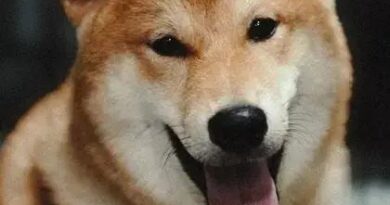O que é Planejamento de treinos
What is Training Planning?
Training planning for dogs is a systematic approach to developing a structured regimen that enhances a dog’s physical and mental capabilities. It involves setting specific goals, identifying the skills to be developed, and creating a timeline for achieving these objectives. Proper planning ensures that the training sessions are effective, engaging, and tailored to the individual dog’s needs, promoting a positive learning environment.
The Importance of Goal Setting
One of the first steps in training planning is establishing clear and achievable goals. These goals can range from basic obedience commands to advanced agility skills. By defining what you want to accomplish, you can create a focused training program that measures progress and keeps both the trainer and the dog motivated. Goals should be SMART: Specific, Measurable, Achievable, Relevant, and Time-bound.
Assessing Your Dog’s Current Skills
Before diving into a training plan, it’s crucial to assess your dog’s current abilities. This assessment helps identify strengths and weaknesses, allowing you to tailor the training sessions accordingly. Observing your dog in various situations can provide insights into their behavior, responsiveness, and learning style, which are essential for effective training planning.
Creating a Structured Training Schedule
A well-structured training schedule is vital for consistency and progress. This schedule should outline the frequency and duration of training sessions, ensuring that they are neither too short nor too long. Regular training sessions, ideally daily or several times a week, help reinforce learning and build a strong bond between the dog and the trainer.
Incorporating Variety in Training
To keep your dog engaged and prevent boredom, it’s essential to incorporate variety into your training plan. This can include different training techniques, locations, and activities. Mixing up the routine not only keeps the training fun but also helps the dog adapt to various environments and distractions, which is crucial for real-world applications of their training.
Monitoring Progress and Adjusting the Plan
Monitoring your dog’s progress is a key component of effective training planning. Keeping track of achievements and challenges allows you to adjust the training plan as needed. If a particular skill is proving difficult, you may need to revisit foundational concepts or modify your approach. Regular evaluations ensure that the training remains relevant and effective.
Utilizing Positive Reinforcement
Positive reinforcement is a cornerstone of successful dog training. Incorporating rewards such as treats, praise, or playtime into your training plan encourages desired behaviors and strengthens the bond between you and your dog. This method not only makes training enjoyable but also fosters a positive learning atmosphere, leading to better retention of skills.
Involving Other Family Members
Training planning should also consider the involvement of other family members. Consistency is key in dog training, and having everyone on the same page helps reinforce the training objectives. By involving other family members, you can ensure that the dog receives uniform commands and expectations, which aids in quicker learning and better behavior.
Adapting to Your Dog’s Needs
Every dog is unique, and training plans should be adaptable to meet their specific needs. Factors such as age, breed, temperament, and health can influence how a dog learns and responds to training. Being flexible and willing to modify your approach based on your dog’s progress and comfort level is essential for successful training outcomes.
Conclusion: The Ongoing Journey of Training
Training planning is not a one-time event but an ongoing journey. As your dog grows and develops, so too should your training plan. Regularly revisiting and revising your goals, techniques, and schedules will ensure that you and your dog continue to thrive together. Embracing this journey with patience and enthusiasm will lead to a well-trained, happy, and healthy canine companion.


